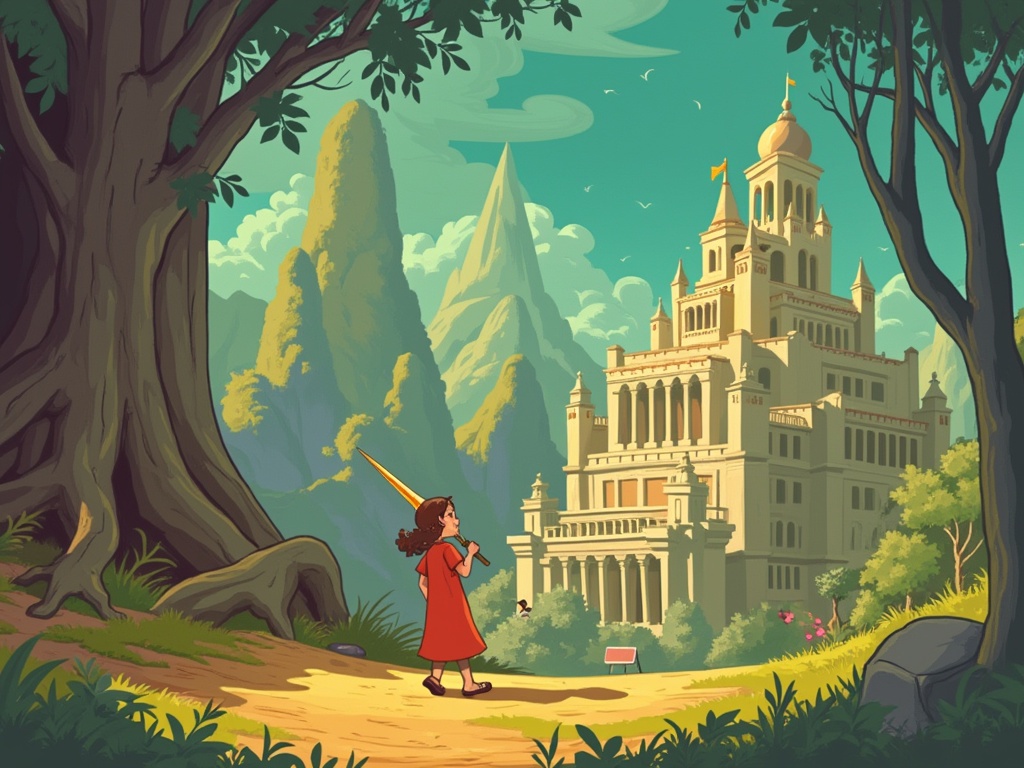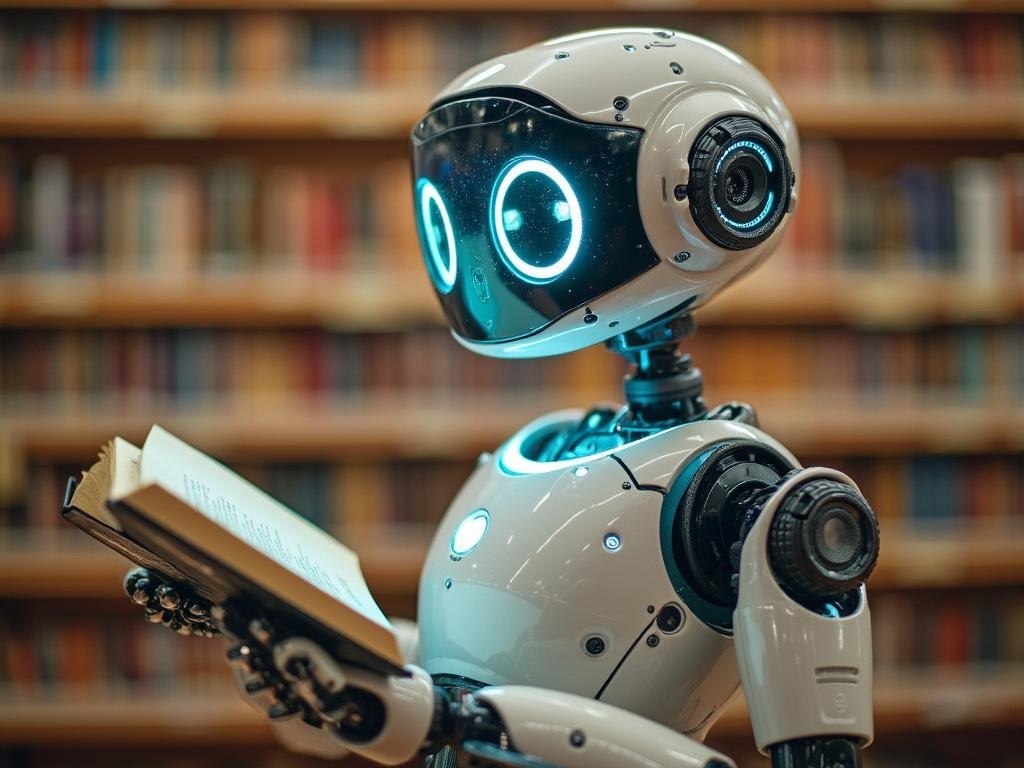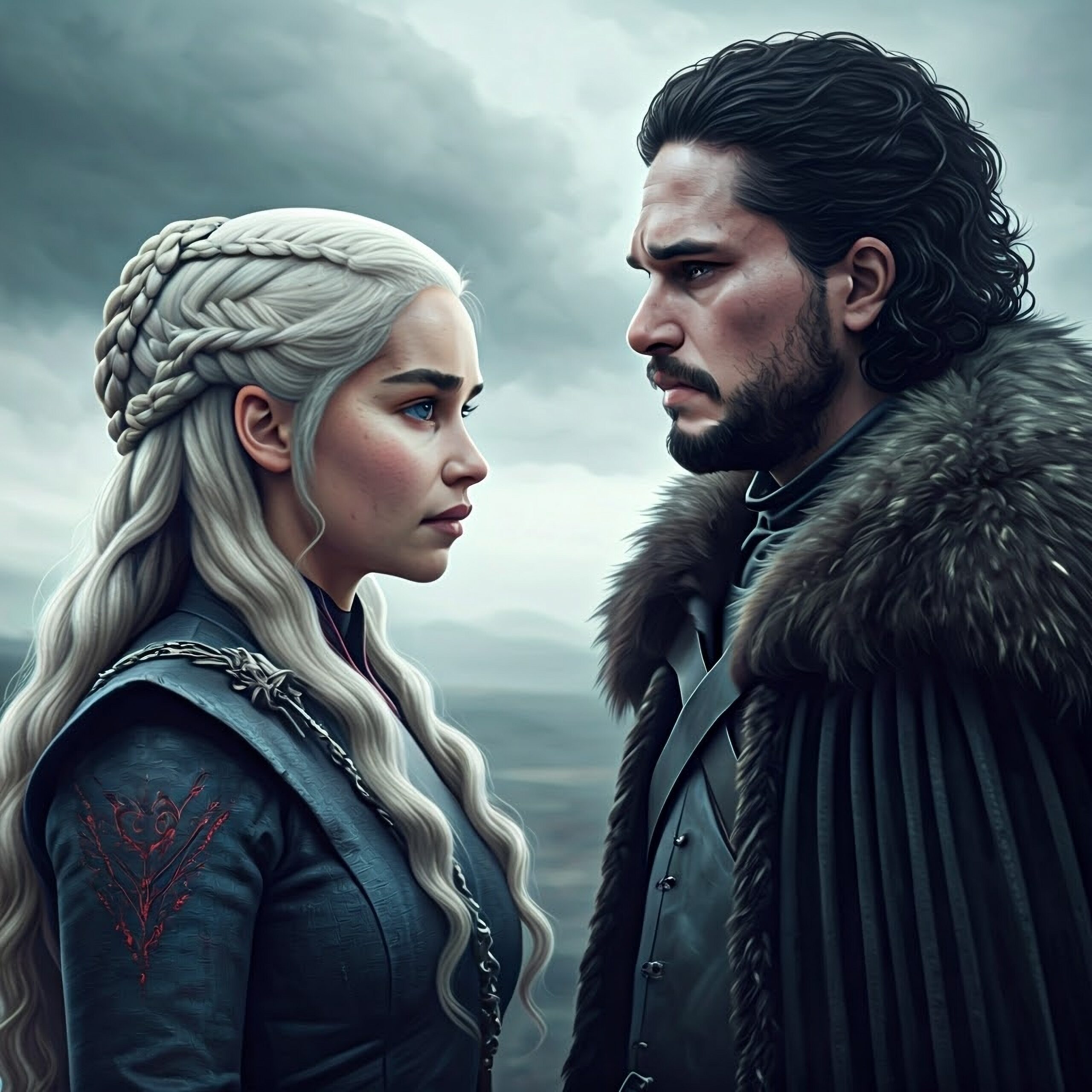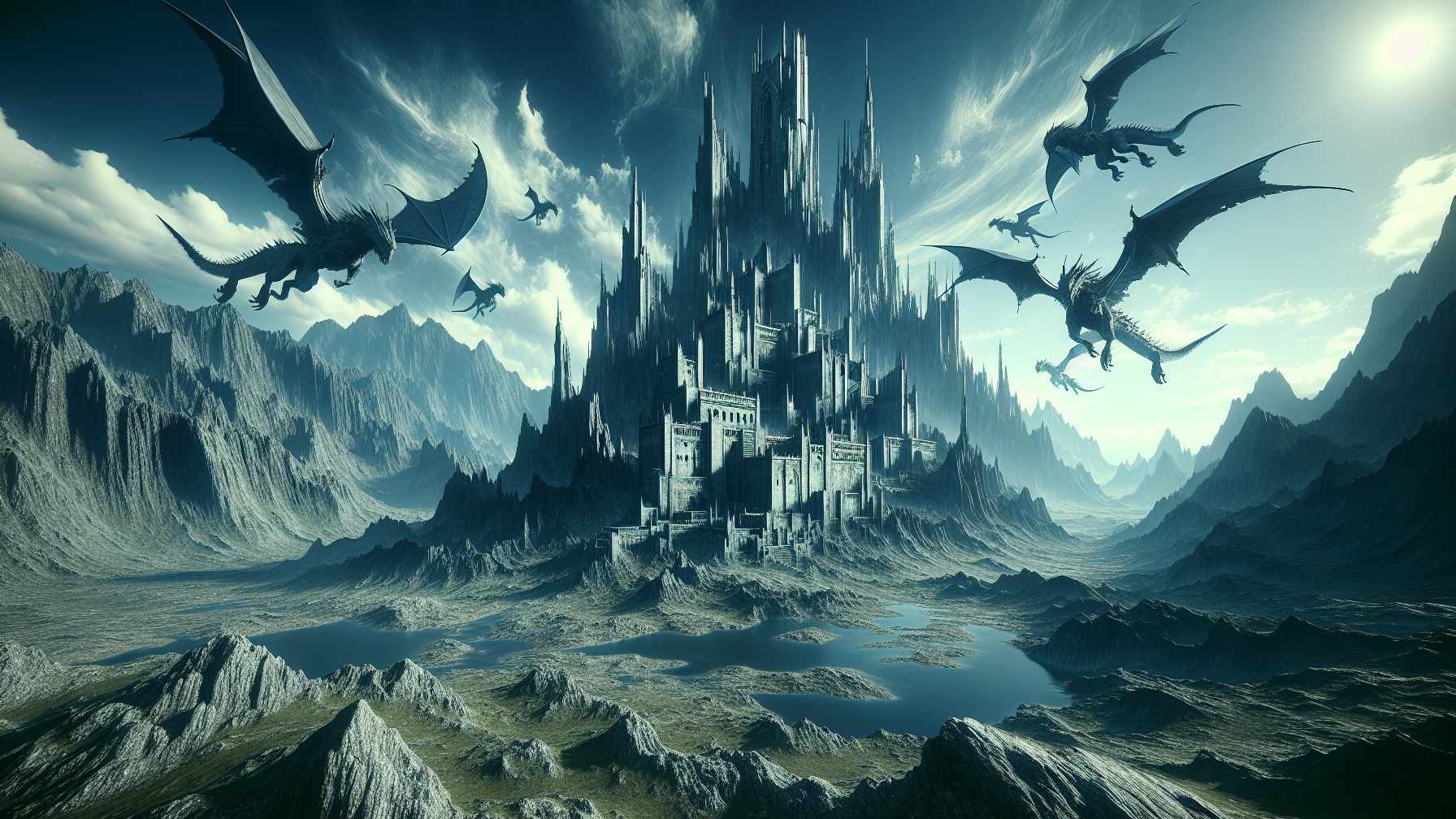The fusion of cutting-edge technology with ancient storytelling traditions has fundamentally altered how narratives are structured, shared, and experienced in the digital age. From non-linear timelines to immersive experiences, technology has provided storytellers with unprecedented tools to reimagine and transform the different story structures that have defined our literary traditions for millennia.
Key Takeaways
- Digital tools have revolutionized traditional story structure, enabling non-linear and fragmented narratives that challenge conventions
- AR/VR and interactive technologies have transformed audiences from passive readers into active participants in storytelling
- Algorithms and AI are emerging as creative collaborators, reshaping the structures of a story through data-driven approaches
- Different types of story structures now incorporate ethical considerations about technology’s role in narrative creation
- The future promises a hybrid ecosystem where traditional story structures evolve alongside technology-enhanced narrative innovations
The Digital Transformation of Narrative
For over 3,000 years, storytelling has followed familiar patterns and different types of story structures – from Aristotle’s three-act structure to Campbell’s hero’s journey. Today, these time-tested formulas face disruption from an unexpected source: technology. Digital innovations aren’t merely changing how stories reach audiences; they’re fundamentally altering the story structure itself.
I’ve observed how this transformation manifests across multiple dimensions. Mobile devices, social platforms, and immersive technologies have created new opportunities to fracture, reassemble, and personalize narratives. As we explore this shifting landscape, I’ll examine how writers and creators leverage these tools to experiment with different story structures while maintaining the emotional resonance that makes storytelling powerful.
Breaking the Linear Timeline: Fragmented Digital Narratives
The rigid chronological progressions that once dominated story structures have given way to more complex arrangements. Jennifer Egan’s “A Visit from the Goon Squad” exemplifies this evolution with its PowerPoint chapter, transforming emotional experiences into data visualizations. Similarly, Mark Z. Danielewski’s “House of Leaves” and Kurt Vonnegut’s “Slaughterhouse-Five” challenge conventional linear storytelling through innovative formatting and temporal disruption.
Social media has accelerated this transformation. The disjointed nature of Facebook timelines and TikTok’s brief, algorithmically-arranged content has reshaped our perception of narrative sequence. This influence extends beyond digital platforms into how writers structure their stories, embracing fragmentation as a reflection of modern information consumption.
Modular storytelling represents another departure from traditional story structure. Rather than following the conventional chapter-to-chapter progression, contemporary narratives often feature interconnected episodes that can be consumed in various sequences. This approach mirrors how we engage with digital content – jumping between related topics based on interest rather than predetermined order.
To understand this shift, consider analyzing Egan’s PowerPoint chapter as an exercise. The section transforms intimate family dynamics into data points and visual representations, suggesting how technology both distances us from and enhances our emotional experiences. This microcosm demonstrates the broader transformation happening across types of story structures.
Beyond Passive Reading: Immersive Technologies & Interactive Stories
The relationship between audience and narrative has fundamentally changed. With AR/VR storytelling projected to see a 40% increase in consumption by 2025, passive reading is giving way to immersive participation. These technologies transform how stories unfold by placing the audience within the narrative environment rather than outside it.
Gamification elements have infiltrated traditional story structures, introducing points, badges, and narrative choices that alter established story arcs. This represents a major shift in the relationship between creator and audience:
- Readers evolve from spectators to co-creators
- Fixed endings expand into multiple pathways
- Author-controlled narratives become audience-influenced experiences
Netflix’s “Bandersnatch” serves as an instructive gateway to these adaptive structures of a story. The interactive film allows viewers to make choices that determine the narrative’s direction, creating a personalized viewing experience. This format challenges the fundamental assumption that stories must follow a predetermined path, instead embracing the possibility that each reader might experience a different version of the same narrative.
The implications for story structure are profound. Traditional arcs like Freytag’s pyramid or the three-act structure must adapt to accommodate audience agency. The rising action no longer proceeds predictably toward a climax but branches based on reader decisions. This creates complex story arcs with multiple potential resolutions rather than a single definitive ending.
The Algorithm as Co-Author: Data-Driven Narratives
As we generate 2.5 quintillion bytes of data daily, algorithms increasingly shape our understanding of story structures. The themes explored in Dave Eggers’ “The Circle” – surveillance, digital identity, and data harvesting – have moved from speculative fiction to everyday reality, influencing how stories themselves are constructed.
Graph algorithms now map character interactions, plotting relationships and conflicts with mathematical precision. This analytical approach transforms intuitive character development into a data-driven process, revealing patterns that might otherwise remain invisible. Such tools allow writers to visualize the complexity of their narrative webs and identify opportunities for deeper character connections.
Our fragmented digital identities – spread across platforms, forums, and social accounts – create new possibilities for character development. Traditional character arcs often followed predictable paths of growth, redemption, or decline. Today’s story structures can incorporate the contradictions and compartmentalization that characterize online existence, creating more nuanced and realistic portrayals.
Looking forward, personalized story delivery based on reader data represents the next frontier. Imagine narratives that adapt to your reading habits, emotional responses, or personal interests. This possibility raises fascinating questions about ownership: who controls a story when its structure changes based on individual reader data?
Ethical Storytelling in the Digital Age
The technological transformation of different story structures raises significant ethical questions. Corporate data collection features prominently both as a narrative theme and as an underlying reality of digital content production. This creates a meta-layer where the methods used to deliver stories mirror the concerns expressed within them.
On the positive side, technology has democratized storytelling. Smartphone filmmaking and digital publishing platforms have enabled diverse voices previously excluded from traditional publishing channels. This expanded access has introduced new perspectives and innovative approaches to classic story structures, enriching the creative landscape.
AI representation presents particular challenges for documentary storytelling. Deepfakes and synthetic media blur the line between truth and fiction, creating tension around authenticity. These technologies force us to reconsider what constitutes “non-fiction” when digital manipulation becomes indistinguishable from reality.
Technological alienation has emerged as a powerful theme in contemporary narratives. The disconnect between digital connectivity and genuine human connection creates new tensions for characters, often manifesting as a central conflict in modern stories. This theme reflects broader societal anxieties about technology’s role in our lives, adding emotional resonance to stories exploring digital transformation.
The Future: AI and Community-Driven Story Ecosystems
The evolution of story structures continues with generative AI entering the creative process. Writers increasingly collaborate with machine learning systems to experiment with classic structures, using AI to generate plot variations, dialogue alternatives, or character backgrounds. This partnership challenges traditional notions of authorship while expanding creative possibilities.
Community-driven narrative ecosystems represent another frontier. Static canons transform into evolving mythologies through collective input, with fan communities expanding and reinterpreting established worlds. This collaborative approach mirrors ancient oral traditions where stories evolved through retelling, creating a fascinating bridge between pre-literate storytelling and post-digital narrative forms.
Predictive analytics may soon create individualized story variants tailored to specific readers. This personalization extends beyond simple choose-your-own-adventure formats to subtle adaptations based on reading patterns and emotional responses. The implications for different types of story structures are profound – the same core narrative might manifest differently for each reader.
Consider how classic tales might transform through these innovations. “Romeo and Juliet” could evolve from its fixed tragic ending to an AI-enhanced story world with multiple potential outcomes, community-contributed character backstories, and personalized emotional emphases based on reader preferences. The core themes remain, but the structure becomes flexible and responsive.
The Expanding Universe of Storytelling
Far from destroying storytelling, technology has expanded its possibilities. The evolution of different story structures represents not replacement but augmentation – traditional narrative frameworks coexisting with innovative approaches. This creative tension generates rich opportunities for experimentation and expression.
The future promises continued dialogue between established and emerging narrative forms. Non-linear, interactive, and data-driven approaches will further develop alongside linear storytelling, each serving different purposes and audiences. The key insight is that story structure remains essential even as its forms multiply and transform.
I recommend engaging with both traditional and technology-enhanced narrative forms to fully appreciate this evolution. By exploring innovative story structures while honoring timeless narrative elements, we participate in the ongoing reinvention of one of humanity’s oldest arts. The essence of storytelling – connecting through shared experience – persists even as its structures continue to evolve.
The article examines how technology has transformed traditional storytelling structures in the digital age. It highlights the shift from linear narratives to fragmented, interactive experiences where audiences become active participants rather than passive readers. Modern storytelling now incorporates non-linear timelines, immersive technologies like AR/VR, and algorithmic influences that reshape how stories are created and consumed. Ethical considerations arise as AI enters the creative process, while the democratization of storytelling tools enables diverse voices to contribute new perspectives. The most important point is that technology hasn’t replaced traditional narrative forms but expanded the possibilities, creating a hybrid ecosystem where conventional and innovative approaches coexist.
| Key Aspects | Transformations |
|---|---|
| Timeline Structure | From rigid chronology to fragmented, non-linear narratives |
| Audience Role | Evolution from passive readers to co-creators through interactive elements |
| Creation Process | AI and algorithms becoming collaborative partners in storytelling |
| Access | Democratization allowing diverse voices and perspectives |
| Future Direction | Hybrid ecosystem blending traditional structures with technology-enhanced innovations |



